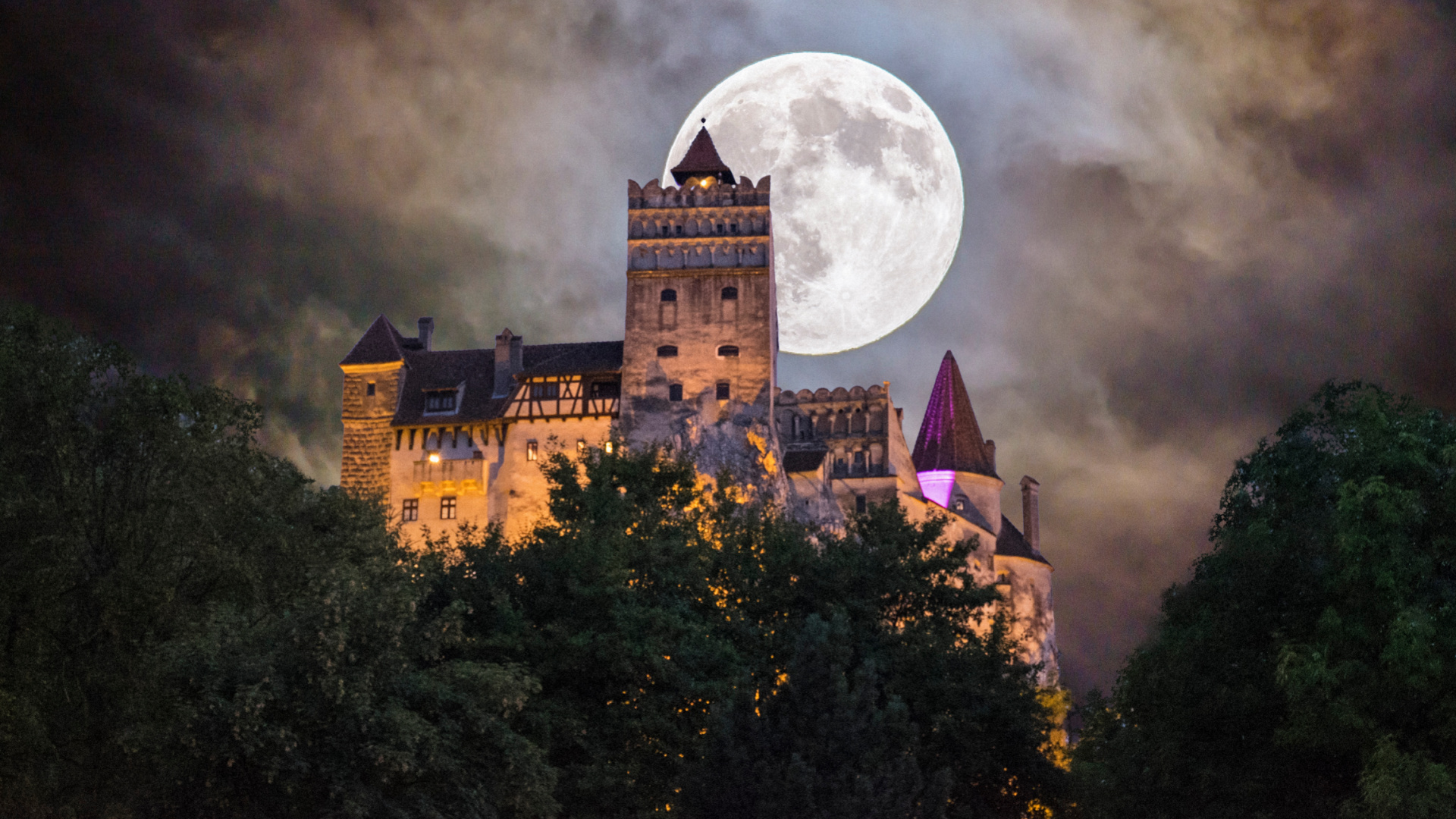Wellness tourism: tips to improve physical and mental health
Life in big cities or bustling smaller communities is usually full of work, comings and goings, and an excess of visual and technological stimuli. All this leaves little room for leisure activities. 'Wellness tourism' could be a way out.
Contrary to the chaos of urban life, wellness tourism consists of trips that include physical, psychological, or spiritual activities with the aim of promoting health, tranquility, and personal satisfaction.
One factor that helped drive the healthy travel trend was the COVID-19 pandemic. People began to seek greater contact with nature and experiences of greater spiritual value.
According to the Global Wellness Institute, the growth of the wellness tourism market in recent years has been impressive. Between 2015 to 2017, it went from 563 billion dollars (on the American scale) to 639 billion (on the American scale), representing an increase of 6.5% per year. And that was before the pandemic!
The Institute predicts that the segment will grow even more in the coming years, moving 1.1 trillion dollars (on an American scale) in 2025.
This sector of tourism unites two important industries: travel and wellness. Those looking for this type of trip are looking for an experience that goes beyond a simple massage or a walk in a natural environment. It is about achieving personal well-being through improved physical and mental health in a holistic way.
In addition, the idea of this type of tourism is to live in the present moment and promote self-knowledge and rest.
To satisfy the demand for this kind of tourism, different modalities have emerged for different tastes and styles. They go from walks in the forest to beaches with surf and yoga.
Photo: Helena Lopes / Unsplash
A good tip for anyone who wants to experience a forest immersion is, without a doubt, to go to one of the biggest forest areas near you. There are always offerings of cabins in the wood for you to withdraw in and enjoy complete silence.
The Amazon Rainforest is the ultimate escape. Its conditions require a different type of architecture, allowing the guest to be immersed in nature without destroying it. The Juma Amazon Lodge, for example, has bungalows all built in wood, which are camouflaged in the woods, next to the river. A unique experience for those who want to disconnect and live in the present moment. Moreover, you can meet local communities and learn more about sustainability.
Another option for those who enjoy the forest is a Japanese practice that, lately, has been gaining more and more followers around the world. Called 'Shinrin Yoku' or 'Forest Bath', it consists of walking in a natural environment in a meditative and special way.
Amos Clifford, the founder of the Association of Nature and Forest Therapy (USA), explains this practice to the BBC: "It's about taking the time to notice what you see, breathing deeply, feeling the contact with the air, the texture of the leaves, hear the wind in the trees and the birds singing".
But those who are not willing to face the intensity of a large forest can opt for a hotel at the edge of a forest, and maybe even a farm with lodging. It will give you tranquility, mountain walks, and a natural green look.
Some of the best farm hotels offer horseback riding, diving in rivers, relaxation in a personalized spa, and meals with organic ingredients. Ideal for those who want luxury in the midst of nature.
Photo: Gene Devine / Unsplash
Another very sought-after modality is a coastal destination, combining relaxation on the beach with the practice of water sports like surfing or stand-up paddle, as well as yoga and meditation classes.
Several countries with paradisiacal coasts offer true paradises by the sea. Generally, hotels in this segment offer holistic treatments, saunas, and varied classes, such as kite surfing, with experienced instructors. They are not the most economical option, though.
One of the great resources of wellness tourism, much loved by travelers, is holistic therapies. Massages, natural aesthetic treatments, meditation, and therapeutic rituals are excellent ways of self-care.
Practicing wellness is also about eating well. Some prefer a vegetarian or vegan diet, while others choose fresh and local ingredients. The important thing is to stop frying and leave out the excess sugar in order to nourish the body and enjoy a healthy holiday.
There are those who seek to be completely disconnected from the digital world, leaving their cell phones hidden during the entire trip. The practice is especially recommended for those suffering from anxiety and insomnia, but everyone can benefit from the experience of spending a few days offline. In the midst of nature, where connectivity is limited, this will be less difficult than it seems.
Some places have such an immersive nature that technology is not needed at all. Think of impressive rock formations, waterfalls, or other awesome views. In this photo, you see the example of Mount Roraima, which is on the border between Brazil, French Guiana, and Venezuela. A place of pure contemplation, where the cell phone signal is... zero!
Another amazing place to do a digital detox is Chapada Diamantina, located in the interior of the state of Bahia, Brazil. With many leisure options, the favorites are the trails to waterfalls and the view of the sunset.
After visiting such places and taking a wellness holiday, some travelers have told the newspaper Estadão that the experience of being close to nature, immersed in a healthy environment, generated such a positive emotional and physical impact for them that they want to repeat it.

































